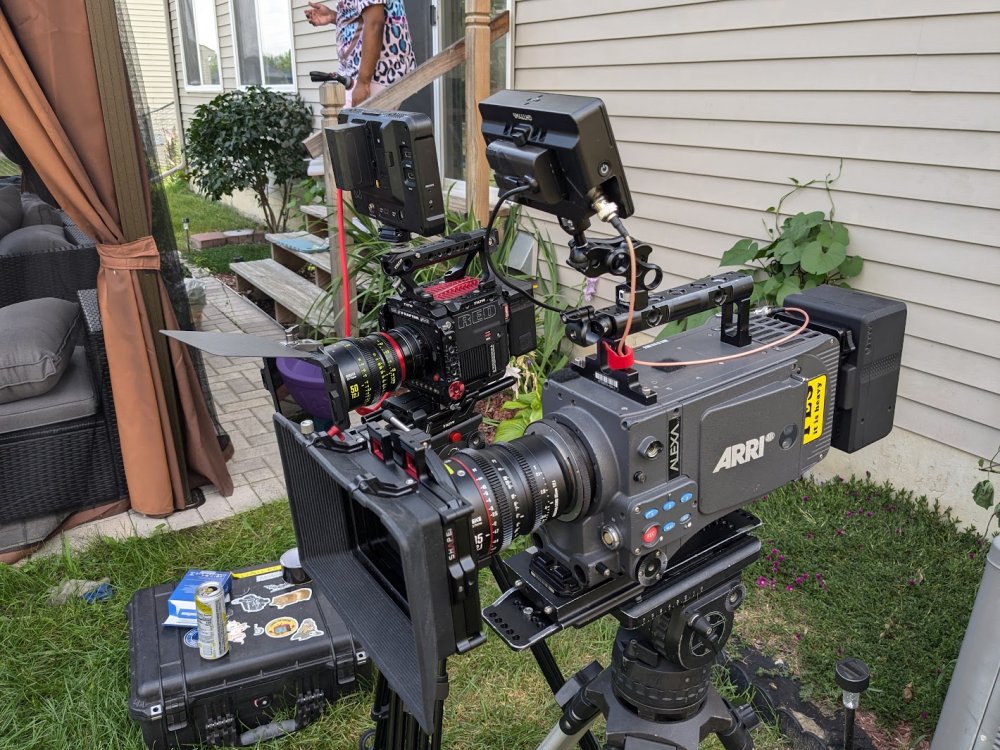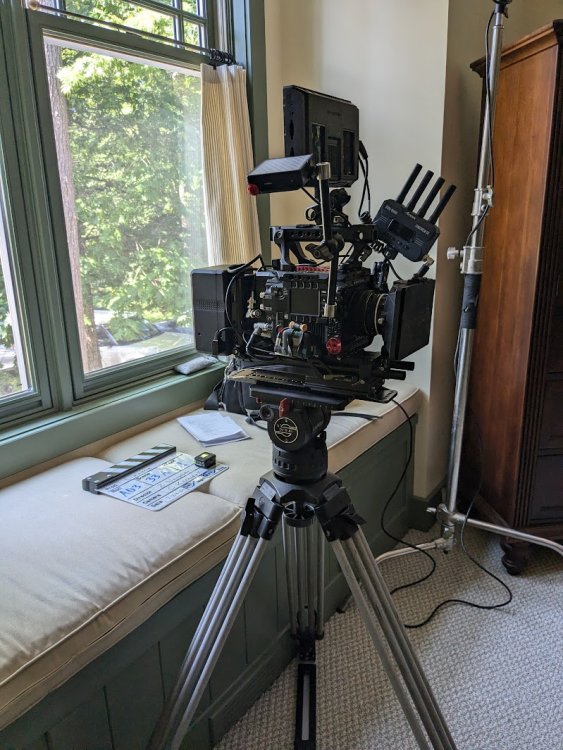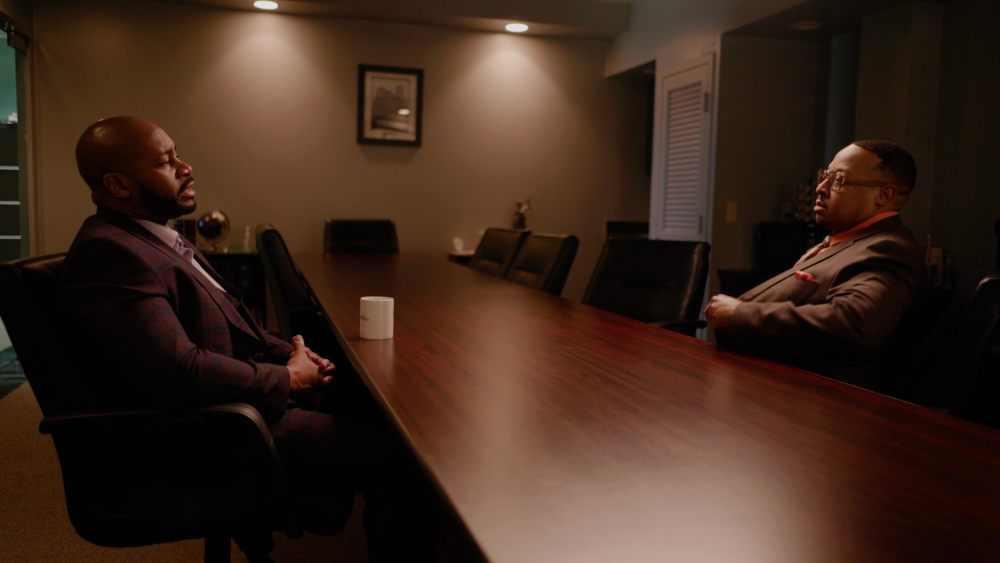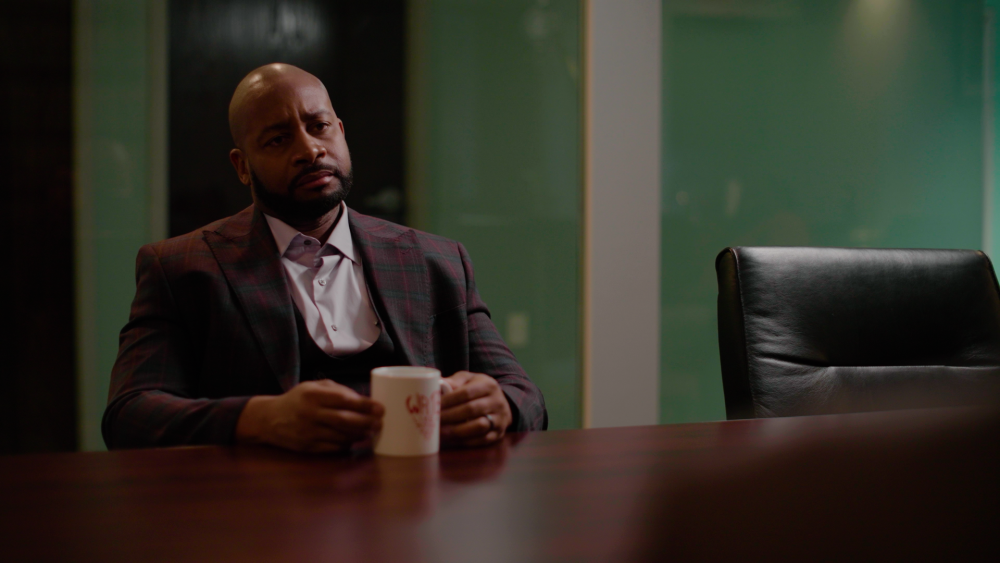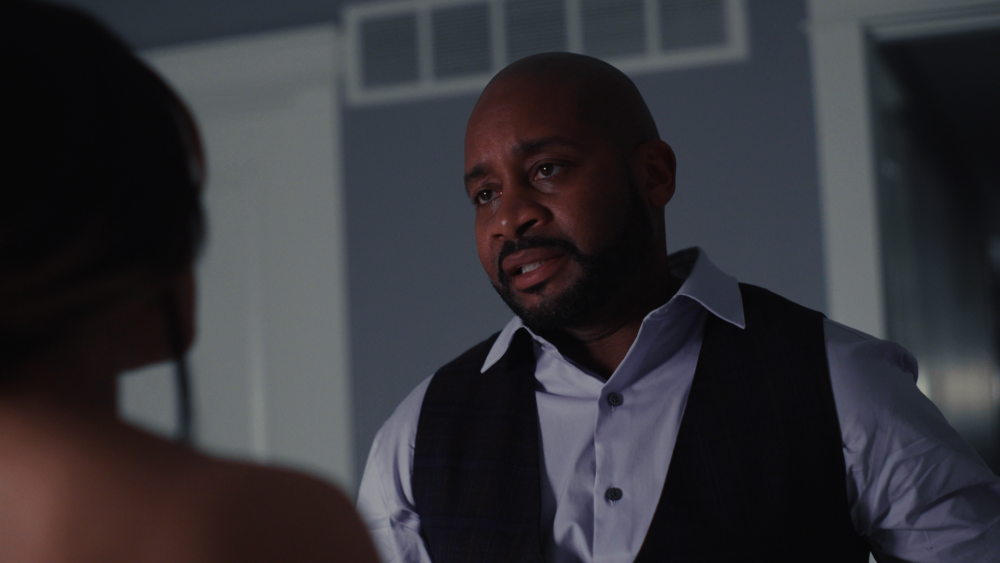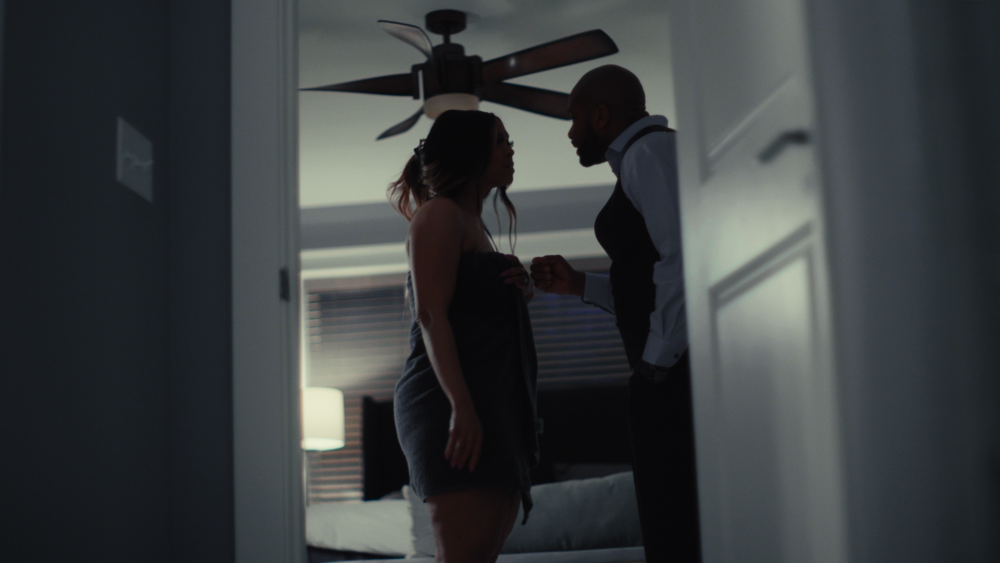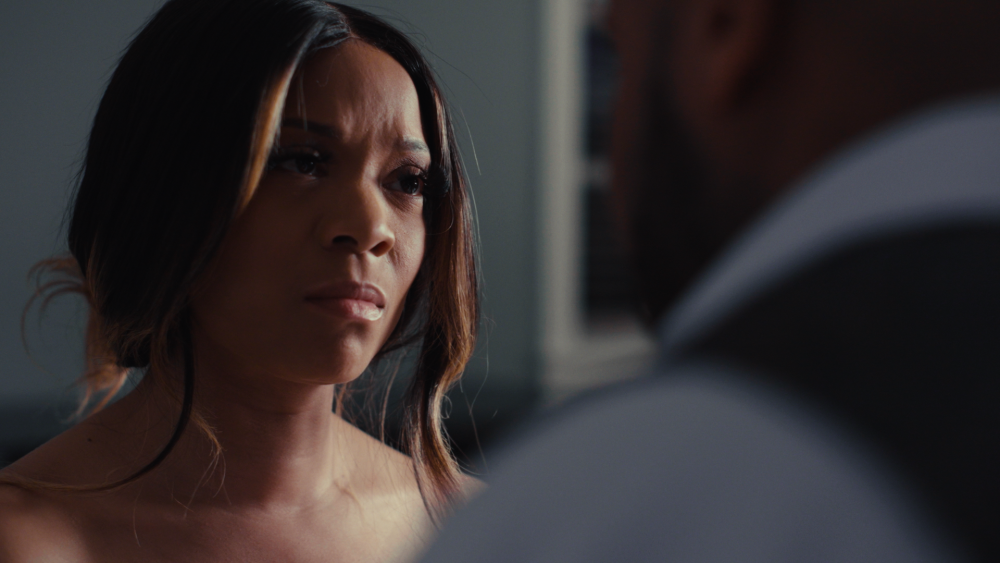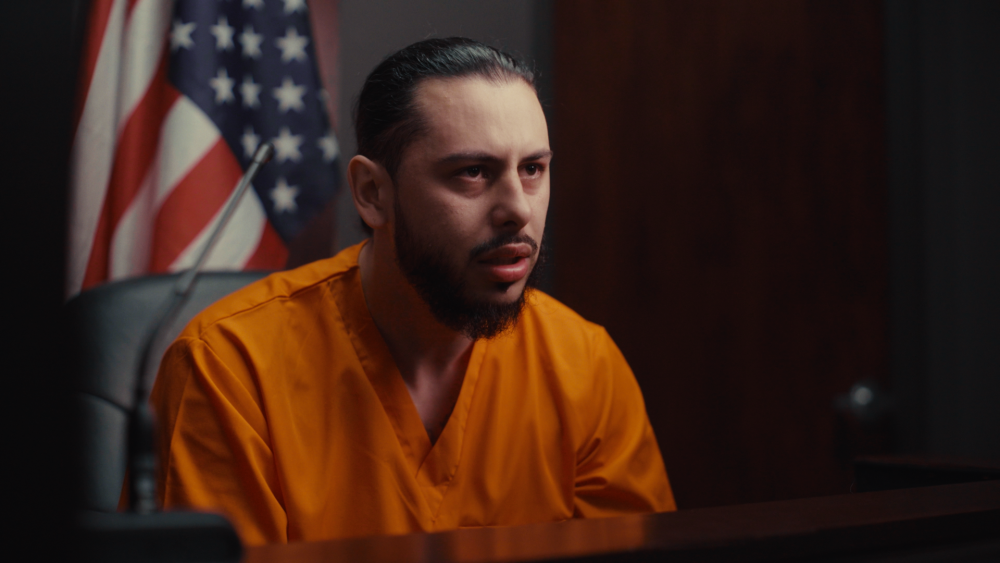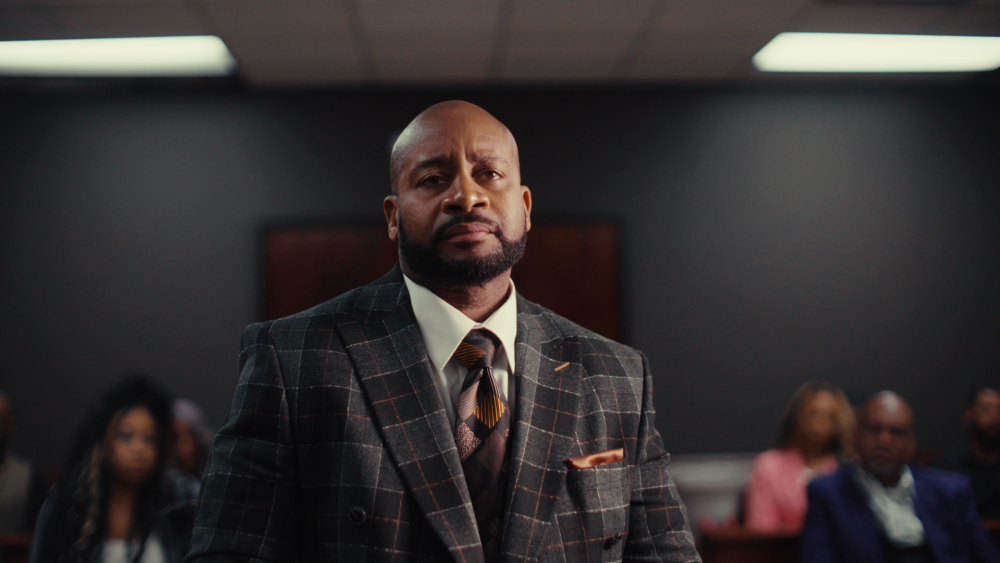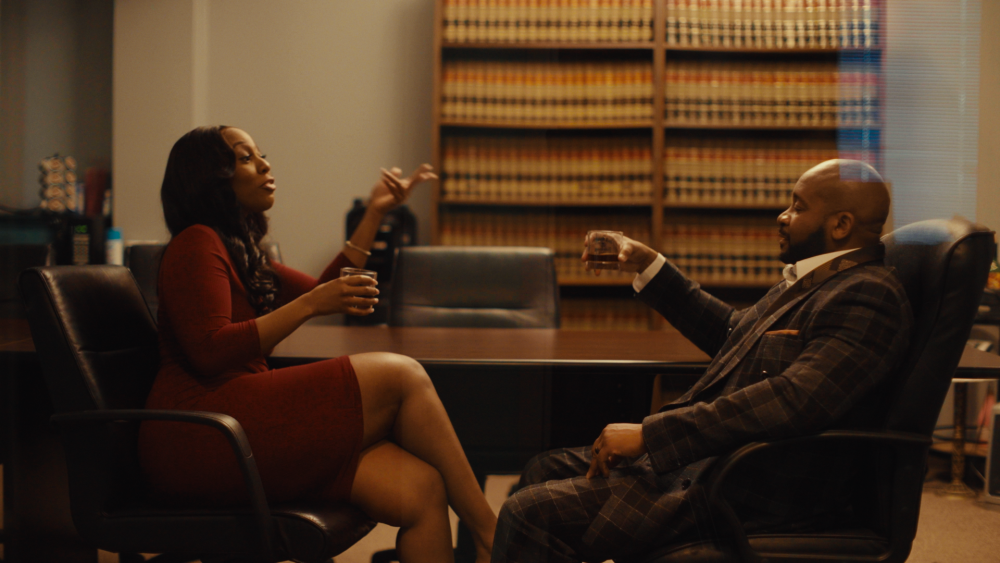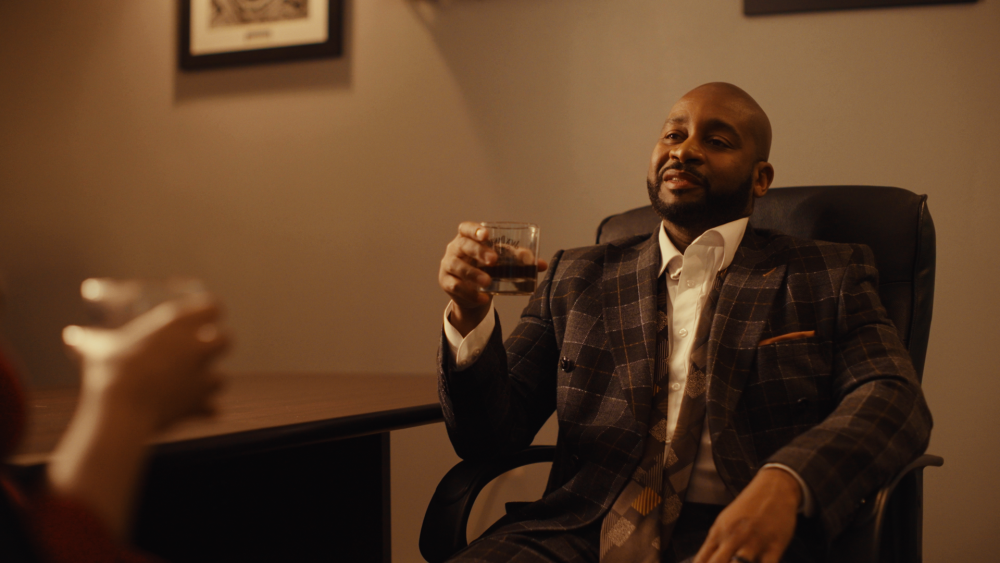
TomTheDP
Members-
Posts
1,071 -
Joined
-
Last visited
About TomTheDP

Profile Information
-
Gender
Male
-
Location
Detroit Michigan
-
Interests
Cinema, Camera, sensors
-
My cameras and kit
Bolex H16, Pana S1, Sony F3, RED Scarlet
Contact Methods
-
Website URL
https://www.thomasthedp.com/
-
Instagram
@tomthecinematographer
Recent Profile Visitors
13,125 profile views
TomTheDP's Achievements

Long-time member (5/5)
692
Reputation
-
The new FF 12K measures 13.5 stops of DR as SNR 2 but latitude tests show it performs worse than the Alexa LF. Now the URSA 17K should have better dynamic range than the 12k FF model. The Alexa 65's dynamic range has never been measured, and I imagine it is more than a stop better than the LF. The 17k is 25k to buy where as the new 265 is rent only.
-
 Ninpo33 reacted to a post in a topic:
RED cuts prices of Komodo and Komodo-X by up to 30%
Ninpo33 reacted to a post in a topic:
RED cuts prices of Komodo and Komodo-X by up to 30%
-
 IronFilm reacted to a post in a topic:
RED cuts prices of Komodo and Komodo-X by up to 30%
IronFilm reacted to a post in a topic:
RED cuts prices of Komodo and Komodo-X by up to 30%
-
RED cuts prices of Komodo and Komodo-X by up to 30%
TomTheDP replied to eatstoomuchjam's topic in Cameras
I honestly think they just want to be more competitively priced against the new Canon C400 and the Sony lineup. The RED Komodo appeal outside of VFX work, speciality rig, and crash cam is owner op and the C400 is very apealing for that market given it's price and what it offers. -
 PannySVHS reacted to a post in a topic:
Blackmagic Micro Cinema Super Guide and Why It Still Matters
PannySVHS reacted to a post in a topic:
Blackmagic Micro Cinema Super Guide and Why It Still Matters
-
 IronFilm reacted to a post in a topic:
Looking for a New Camera Body
IronFilm reacted to a post in a topic:
Looking for a New Camera Body
-
 kye reacted to a post in a topic:
Blackmagic Micro Cinema Super Guide and Why It Still Matters
kye reacted to a post in a topic:
Blackmagic Micro Cinema Super Guide and Why It Still Matters
-
The Nikon DSLR sensors are amazing. I honestly don't think the current Nikon sensors are any better, maybe by a hair. I have the D610 and the dynamic range and high ISO performance are amazing.
-
I haven't been able to use my Micro yet as I have no cards for it. Really curious to test it out though. I used to own the original Pocket camera which I am fond of. @kye Those frames look excelent, though probably mostly to do with your compositions.
-
14bit just gives a lot more. The Z8 really has impressive dynamic range though similar to the RED raptor. Rate it at 3200 or 1600 ISO and you have Alexa like highlight latitude. Needs to be treated right in post. That is the thing with RED and ARRI is that they look pretty damn stellar straight out of camera with the lut applied.
-
 zlfan reacted to a post in a topic:
anamorphic lens for what?
zlfan reacted to a post in a topic:
anamorphic lens for what?
-
 zlfan reacted to a post in a topic:
Is DR that important?
zlfan reacted to a post in a topic:
Is DR that important?
-
I am considering this for a C70 gimbal build, though I might consider the R5C. Micro HDMI is terrible though. For the C70 a 28mm might make more sense though.
-
What are ya'll using for media. I really want to make use of this camera. I sort of wish I had the OG though as love a built in screen(even though the built in screen sucked).
-
 TomTheDP reacted to a post in a topic:
Is DR that important?
TomTheDP reacted to a post in a topic:
Is DR that important?
-
Thanks, I was just reading an article, can't remember where, but it was talking about even if you are mastering for HDR you may not be using all the DR it offers as it might not be the look you want. I tend to love really harsh contrast which doesn't really need HDR dynamic range. The thing is even movies like Arrival which are really soft and show off more dynamic range looked fine in regular REC709 or theatrical displays(which probably have a bit more dynamic range than traditional REC709 I imagine).
-
Anamorphic definately doesn't make practical sense as even with theatrical releases most movies are watched on a 16:9 TV if not a phone(Even fucking worse). That said with the right sensor (maybe something even less wide than 4:3) you could shoot anamorphic and still get a 16:9 field of view. Anamorphic does give a very unque perspective that can't be replicated by shooting spherical. It is funny all the funky anamorphic characteristics were unitentional but are now sought after. Most of those characetistics like the weird bokeh weren't really utilized in the early days where shallow depth of field was never used. That said who will really notice in the audience but that goes for any of the BS stuff we do as cinemotographers in general.
-
 IronFilm reacted to a post in a topic:
Will The Creator change how blockbusters get filmed?
IronFilm reacted to a post in a topic:
Will The Creator change how blockbusters get filmed?
-
 zlfan reacted to a post in a topic:
Is DR that important?
zlfan reacted to a post in a topic:
Is DR that important?
-
 mercer reacted to a post in a topic:
Is DR that important?
mercer reacted to a post in a topic:
Is DR that important?
-
For me when you get to post and you start messing with the files you realize why larger productions opt for an Alexa/RED. We have options now like the Raptor that only weigh 4 pounds and can be powered off a small v mount battery. I would say the Raptor dynamic range is very similar to the S35 Alexas. What it delivers over them is that it holds the dynamic range in the shadows. At 800 iso the Raptor is much cleaner than an Alexa mini, but with much less highlight retention. You can boost it to 2000 iso maybe even 3200 iso and still get a nice image. The Raptor pictured below could be rigged even smaller (smaller monitor, smaller lens, no top handle). There isn't much you can do to get an Alexa smaller though. Even the mini is 8 pounds with just the body and viewfinder and is also a powerhog. The Alexa 35 is even larger. I did a feature a couple weeks ago on the Raptor. As convenient as it is to use I think we would have been better off with an FX3. The crew was so small that any convenience is a big deal. This was our rig, I traded size for battery life. All this to say I really do notice a difference shooting with Alexa/RED But after putting the files to a REC709 colorspace and adding a lot of contrast which is what I usually end up doing, the results between that and a mirrorless can definately be hard to tell if it was shot resonably well. The truth is you can sometimes shoot things better with a mirrorless. It saves you time, which then gives you more time to fine tune the things that actually matter (lighting, composition, etc...)
-
I am not shooting blockbusters but I did use the FX6 on a feature earlier this year. After getting a chance to color it I think I will use it on most smaller productions going forward unless something else is requested. I might prefer a C70 over the FX6, but I do like the FX6 form factor better and the fact that is has SDI and XLR. I definately prefer the FX6 to the FX3 because the internal codec is better and I prefer not to shoot RAW. I do like having the FX30 for a dedicated gimbal cam, it is easier to rig than the FX6 if you are going for a very minimal setup. Color was all done in Filmbox.
-
GH7 always looks noticeably different in these tests. I'd imagine the white balance isn't the same as an Alexa's. Maybe it's also IR filtration.
-
I am not sure how to determine if something is "that important". Just depends on your wants/needs. The difference between a RED Komodo and an Alexa can be seen when shooting in naturally lit situations that have a larger amount of difference between the midtones and highlights. The Alexa will just be able to keep richer skintones while also keeping more color in the highlights. Does that matter? I am not sure. Also the reality is these cameras dynamic range is never that great. The Alexa looks noisy a stop under the native ISO. You get close to 6 stops in over exposure. That is a very harsh rating of the camera but it is true. That is about 5-6 stops to play with for a noise free image. Most cameras have much less than that in the highlights and usually have less pretty looking noise patterns and color when you underexpose. That said I have certainly shot nice looking stuff with a GH2 and also an FX6 and also an Alexa.
-
Maybe it could improve with firmware updates. As of now though its a cool implementation but it's not going to make me buy this camera. Just got a BM Micro though 😅 I might end up getting a GH6, but I was going to get one anyways. IBIS and internal prores, long battery life and tilting screen. Great for when I just want to get out of the car and grab a shot with no fuss. I'll probably get the LOGC upgrade for it.
-
Says a lot of nothing imo. Will we see redraw in mirrorless is the question from me.


